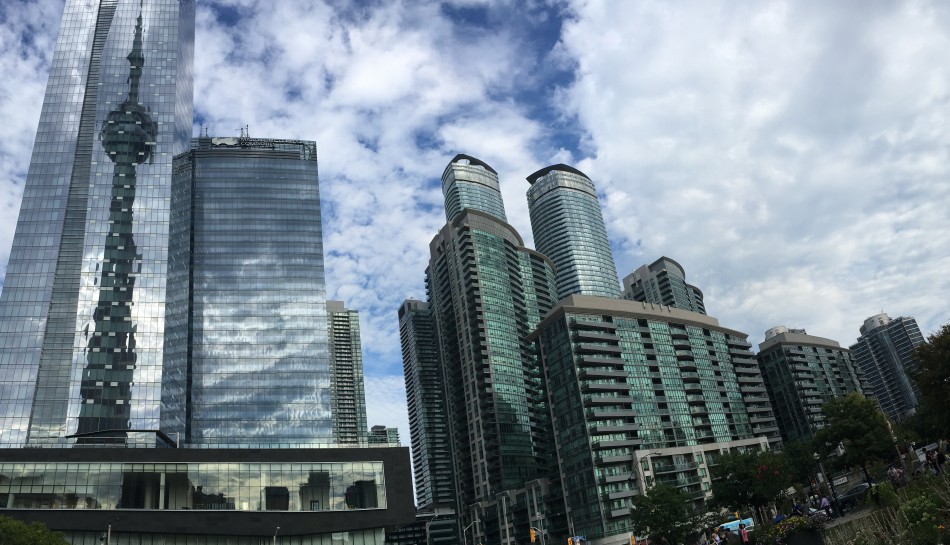On May 31st, Immigration Minister Sean Fraser announced that Immigration, Refugees and Citizenship Canada (IRCC) was launching category-based selection draws for Express Entry candidates.
RCC will give preference to Express Entry candidates who have a strong French language proficiency or work experience in the following fields:
- Healthcare
- Science, technology, engineering, and mathematics (STEM) professions
- Trades, such as carpenters, plumbers, and contractors
- Transport
- Agriculture and agri-food
The occupations were chosen after IRCC received information about the shortages in the Canadian labour market. IRCC also consulted and got input from their partners, the provinces and territories and stakeholders across the country.
On June 28th, IRCC held its first ever category-based Express Entry draw, inviting 500 healthcare workers to apply for permanent residency. A second round, inviting 1,500 healthcare workers, is expected to take place on July 5th .
Another category-based draw is anticipated to also be held on July 5th, inviting eligible candidates in science, technology, engineering and mathematics (STEM) professions.
Why was transport occupations chosen as a category?
According to Employment and Social Development Canada, the number of occupations facing shortages doubled between 2019 and 2021.
Statistics Canada released data about job vacancies from 2022 Q4. The Trades category include wholesale trades and retail trades for the purposes of the Statistics Canada data. The total wholesale trades job vacancies were 30,930, while the total retail trades job vacancies were 108,795.
IRCC held a public consultation on enhancing Express Entry through category-based selection. The engagement process involved gathering feedback and suggestions from a broad range of stakeholders and the public.
When asked about using category–based selection to meet the needs of labour market shortages in particular occupations or sectors, participating stakeholders were generally supportive, and the majority provided specific suggestions.
Of the categories mentioned, trades, transport and equipment operations and related occupations were viewed as the sector experiencing the greatest needs by around 16% of respondents, which reflected the high proportion of respondents representing this sector.
What are the eligibility requirements for the transport occupations category?
In order to be eligible, you must
- Meet the eligibility criteria of one of the Express Entry programs (the Federal Skilled Worker Program, or Canadian Experience Class, or Federal Skilled Trades Program)
- Have accumulated, within the past 3 years, at least 6 months of continuous work experience in one of the listed occupations
- Meet all of the other requirements in the instructions for the round
What are the transportation occupations?
There are 10 occupations in the transport occupation category. These include:
- Aircraft assemblers and aircraft assembly inspectors
- Transport truck drivers
- Railway traffic controllers and marine traffic regulators
- Engineer officers, water transport
- Deck officers, water transport
- Air traffic controllers and related occupations
- Air pilots, flight engineers and flying instructors
- Aircraft mechanics and aircraft inspectors
- Railway carmen/women
- Managers in transportation
How will Express Entry category-based rounds of invitation be chosen?
IRCC will send invitations to candidates in category-based draws to apply for permanent residence if they are eligible for a specific category. This criterion includes:
- Work experience in a specific TEER category of the National Occupational Classification (NOC)
- Language ability in either English or French
- Education
How will Comprehensive Ranking System scores be considered?
Category-based draws will occur in addition to the general and program-specific draws. Express Entry draws invite top ranking candidates who can help meet Canadian labour market and economic goals.
Candidates in the Express Entry pool are ranked using a points-based system called the Comprehensive Ranking System (CRS). This system ranks candidates based on age, education, language skills, work experience and more.
A candidates CRS score will still be very central for category-based draws. IRCC will send invitations to candidates with top ranking scores and who are also eligible for the category-based draw.
Source: cicnews.com

















